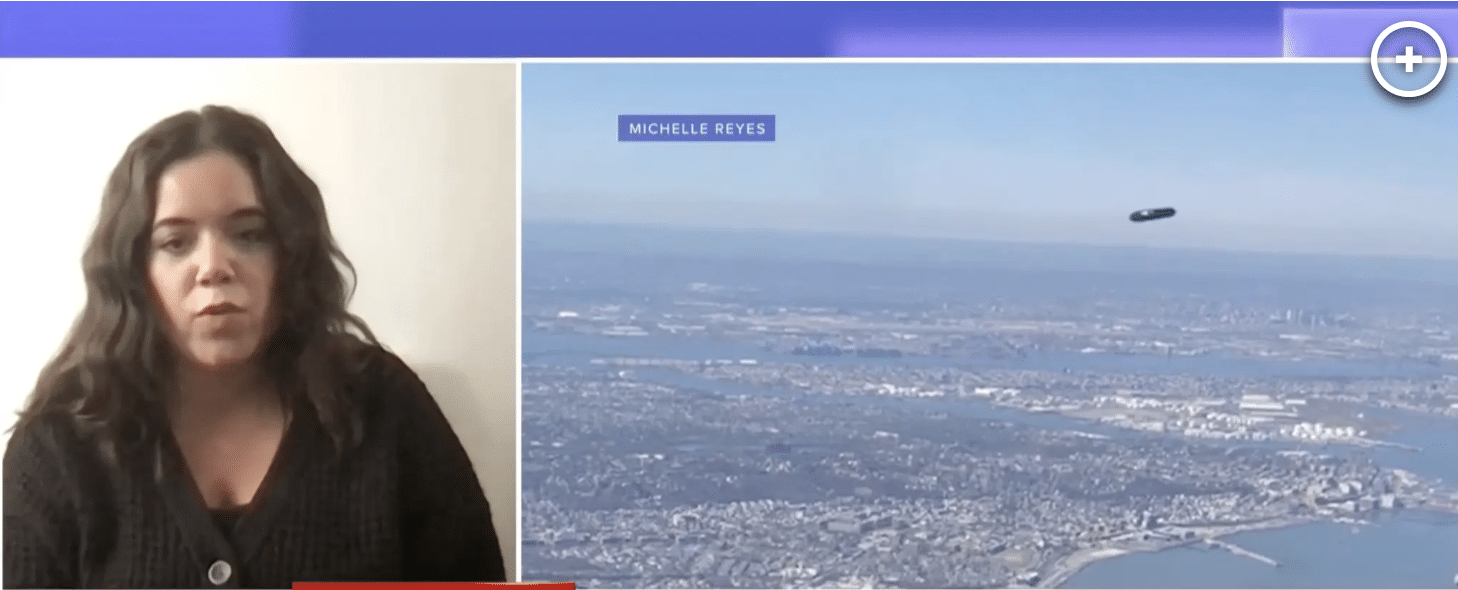(Fox News) – About 35 million years ago, an asteroid traveling nearly 144,000 mph (231,000 km/h) smashed into the Atlantic Ocean near the modern-day town of Cape Charles, Virginia. The space rock vaporized instantly, but its impact triggered a gargantuan tsunami, cast up a monsoon of shattered rocks and molten glass that spanned hundreds of miles and carved out the single largest crater in the United States — the so-called Chesapeake Bay impact structure. Today, that 25-mile-wide (40 kilometers) crater is buried half a
mile below the rocky basement of Chesapeake Bay — the 200-mile-long (320 km) estuary linking Virginia and Maryland on the East Coast. That hasn’t stopped scientists from trying to piece together the site’s mysterious history since it was first discovered during a drilling project in 1990. In a recent study of ocean sediment cores taken almost 250 miles (400 km) northeast of the impact site, researchers found traces of radioactive debris dating to the time of the strike, providing fresh evidence of the impact’s age and destructive power. READ MORE

















